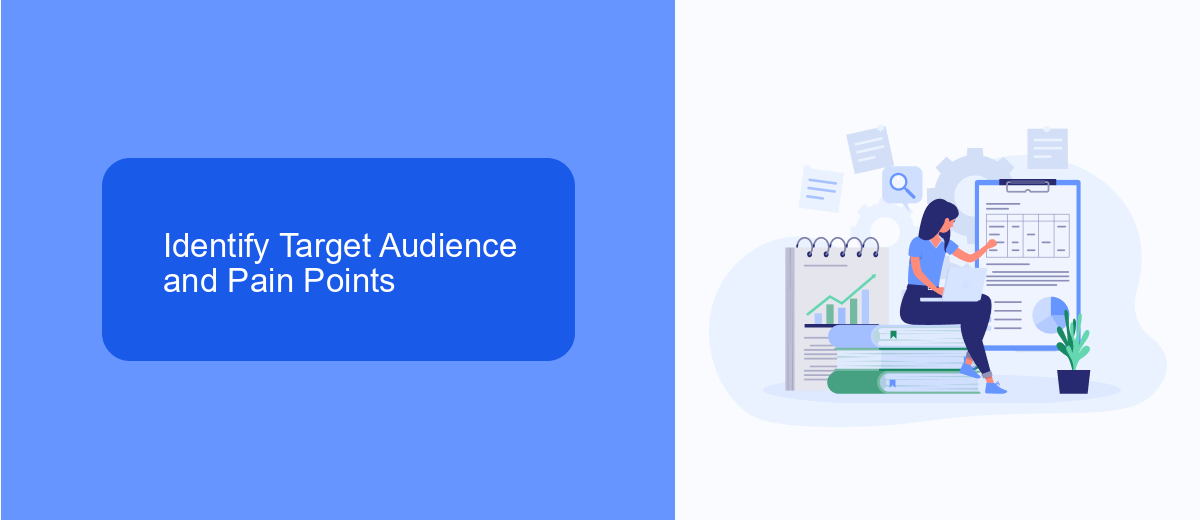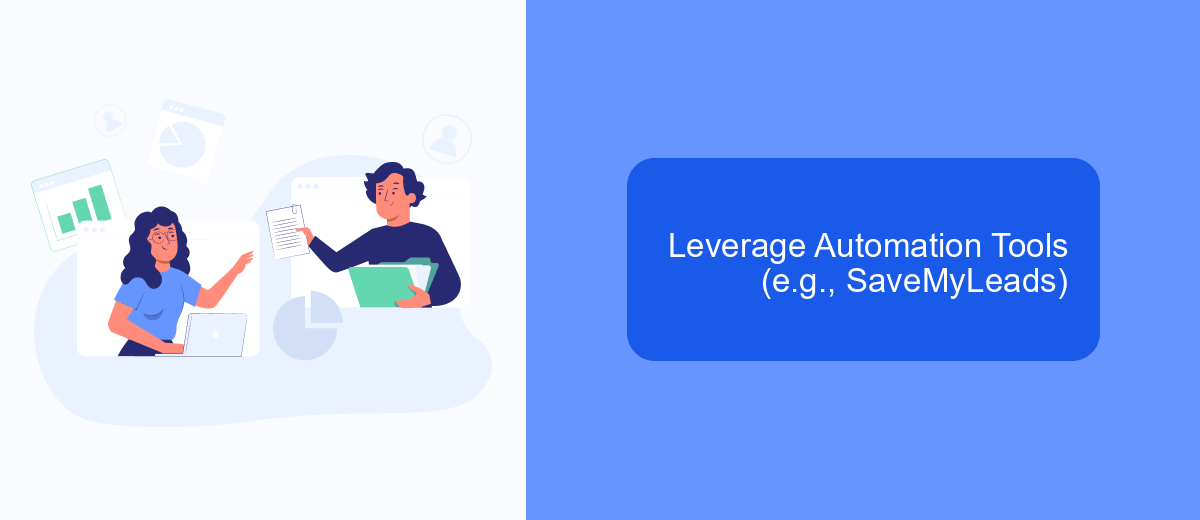Direct sales lead generation is a crucial component for businesses aiming to drive revenue and expand their customer base. By targeting potential customers directly, companies can build personalized relationships and effectively convert prospects into loyal clients. This article explores strategies and best practices for generating high-quality leads, ensuring your sales team has a steady pipeline of opportunities to maximize growth and success.
Define Direct Sales Lead Generation
Direct sales lead generation is the process of identifying and attracting potential customers who are most likely to purchase a product or service through direct sales channels. This involves various strategies and techniques aimed at capturing the interest of prospects and converting them into qualified leads for the sales team.
- Identifying target audiences through market research
- Utilizing online and offline marketing tactics
- Engaging prospects via email campaigns, social media, and events
- Implementing lead scoring and nurturing strategies
- Leveraging CRM systems to manage and track leads
Effective lead generation requires a combination of targeted outreach and efficient tools for managing leads. Services like SaveMyLeads can automate the integration of various marketing channels, ensuring that leads are captured and processed seamlessly. By streamlining these processes, businesses can focus more on engaging with prospects and closing sales, ultimately driving growth and revenue.
Identify Target Audience and Pain Points

Identifying your target audience is crucial for effective direct sales lead generation. Start by analyzing your current customer base to determine common characteristics such as demographics, interests, and purchasing behavior. Use this data to create detailed buyer personas that represent your ideal customers. Additionally, leverage tools like Google Analytics and social media insights to gather more information about your audience's online behavior and preferences.
Once you have a clear understanding of your target audience, it's essential to identify their pain points. Conduct surveys, interviews, and focus groups to gather insights directly from your audience. Pay attention to recurring issues and challenges they face, as these are the pain points your product or service can address. By aligning your sales strategies with the specific needs and pain points of your target audience, you can create more personalized and effective marketing campaigns. For seamless integration of your lead generation efforts, consider using services like SaveMyLeads to automate and streamline the process, ensuring you capture and nurture leads efficiently.
Create Targeted Content and Value Propositions

Creating targeted content and value propositions is essential for successful direct sales lead generation. By focusing on the specific needs and pain points of your target audience, you can craft messages that resonate and drive engagement.
- Identify Your Audience: Understand who your ideal customers are by analyzing demographics, behaviors, and preferences.
- Develop Buyer Personas: Create detailed profiles of your target customers to guide your content creation and value propositions.
- Craft Relevant Content: Produce content that addresses the specific challenges and interests of your audience, such as blog posts, whitepapers, and case studies.
- Utilize Integrations: Use tools like SaveMyLeads to automate and streamline your lead generation processes, ensuring timely follow-ups and personalized communications.
- Measure and Optimize: Continuously track the performance of your content and value propositions, making adjustments based on data and feedback.
By following these steps, you can create targeted content and value propositions that effectively attract and convert leads. Leveraging integrations like SaveMyLeads can further enhance your efforts, ensuring a seamless and efficient lead generation process.
Leverage Automation Tools (e.g., SaveMyLeads)

Automation tools can significantly streamline your direct sales lead generation process. By leveraging platforms like SaveMyLeads, you can automate the collection, organization, and distribution of leads, ensuring no potential customer slips through the cracks.
SaveMyLeads offers an intuitive interface that allows you to set up integrations with various lead sources and CRM systems effortlessly. This ensures that all your leads are captured and managed in one centralized location, improving efficiency and response times.
- Automate lead collection from multiple sources
- Seamlessly integrate with your CRM
- Real-time lead notifications
- Customizable workflows and triggers
By incorporating automation tools like SaveMyLeads into your direct sales strategy, you can focus more on engaging with potential customers and less on manual data entry. This not only saves time but also increases the accuracy and effectiveness of your lead generation efforts.


Monitor and Measure Results
To ensure the effectiveness of your direct sales lead generation efforts, it is crucial to consistently monitor and measure your results. Utilize key performance indicators (KPIs) such as conversion rates, cost per lead, and lead quality to track your progress. Regularly review these metrics to identify trends and areas for improvement. This data-driven approach will enable you to make informed decisions and optimize your strategies for better outcomes.
Integrating automation tools can significantly enhance your ability to monitor and measure results. For instance, services like SaveMyLeads can streamline the process by automatically collecting and organizing lead data from various sources. This not only saves time but also ensures accuracy and consistency in your reporting. By leveraging such tools, you can gain deeper insights into your lead generation performance and make necessary adjustments to maximize efficiency and ROI.
FAQ
What is Direct Sales Lead Generation?
Why is lead generation important for direct sales?
How can I automate the lead generation process?
What are some effective strategies for generating leads in direct sales?
How do I qualify leads in direct sales?
Would you like your employees to receive real-time data on new Facebook leads, and automatically send a welcome email or SMS to users who have responded to your social media ad? All this and more can be implemented using the SaveMyLeads system. Connect the necessary services to your Facebook advertising account and automate data transfer and routine work. Let your employees focus on what really matters, rather than wasting time manually transferring data or sending out template emails.
